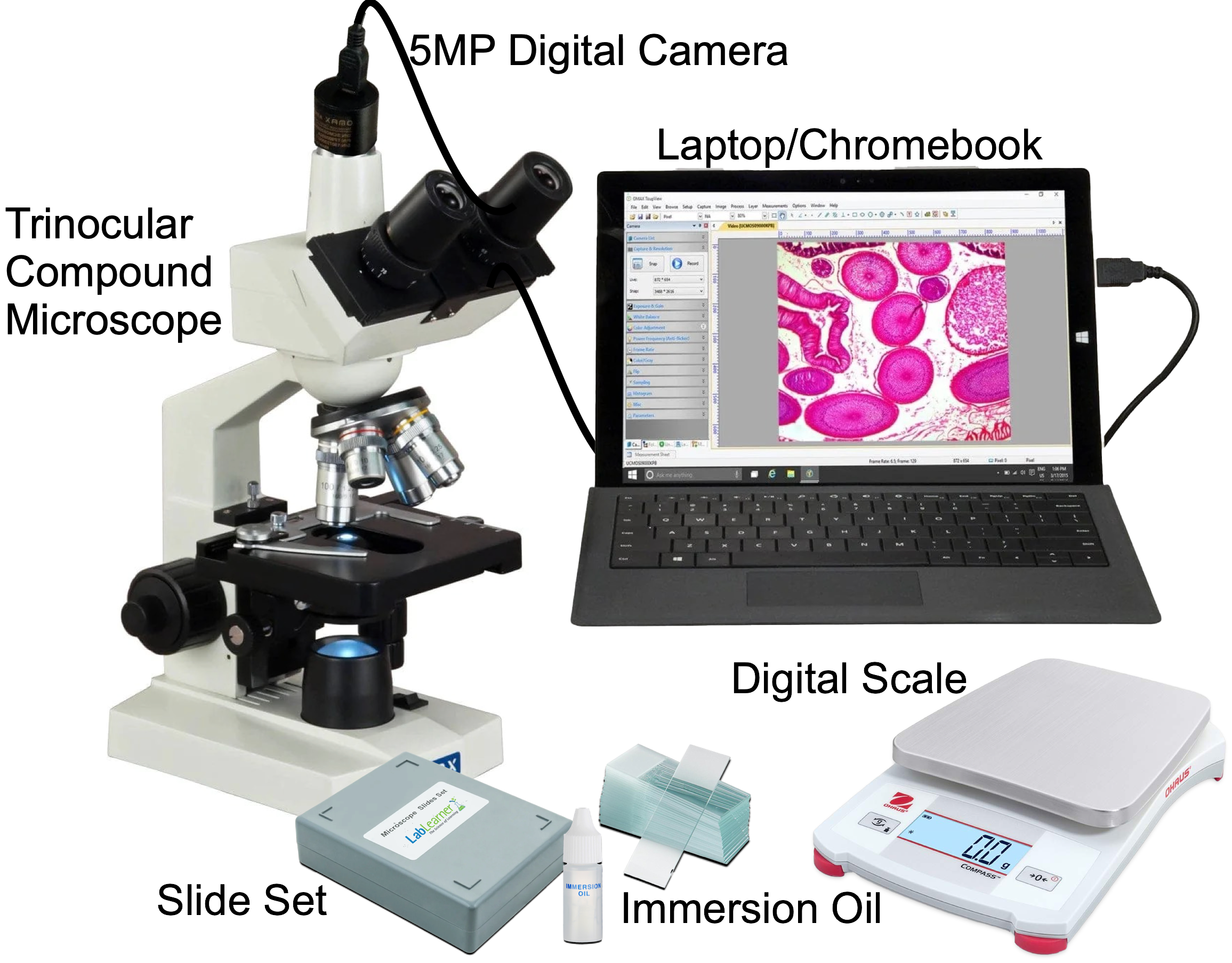Teacher Portal
Cellular Organization
CELL Guide
CELL Guide
Cellular Organization

LabLearner’s 3-D Approach to Scientific Inquiry.
Phase 1 – Defined Understanding
The defined boundaries of this phase provide a framework for engaging parents and identifying students’ current knowledge of the topic(s) being explored.
Phase 2 – Dynamic Understanding
Change, activity, and progress characterize the dynamic phase. Its design will enable you to enhance students’ existing skills, interests, and understanding, as well as meaningfully build new ones.
Phase 3 – Deeper Understanding
By this point, students have moved through powerful and purposeful tasks that had them actively and intentionally construct an understanding of concepts. In this final phase, students will consolidate knowledge and make deeper connections among ideas.
Phase 1 – Defined Understanding
► Questions to Investigate in this CELL
- Can you identify the type of organism a cell comes from through observation?
- How does staining affect the appearance of a specimen?
- How does sectioning affect the appearance of a specimen?
- How are the structures in plant and animal cells similar to and different from each other?
- Are all cells from the same organism the same?
► Parent Newsletter
Encourage parents to connect to their child’s learning by providing them with a framework of the CELL. Use this link to access and share the Parent Newsletter.
► Baseline Assessment
Assess students’ current knowledge of the topic(s) being explored then set instructional and student learning goals. Use this link to schedule then invite students to take the Pre-test for the CELL.
Phase 2 – Dynamic Understanding
► Introduction and Fun Facts
Enhance your conceptual understanding by reading the student-level research on the topic(s) being explored. Use this link to access the research.
____________________________________________
► Links to Investigations
Go directly to the Investigation you are working on by clicking on a link below:
► Investigation 1
► Investigation 2
► Investigation 3
► Investigation 4
► CELL Vocabulary
Investigation 1:
There are no Key Terms introduced in Investigation 1.
Investigation 2:
Sectioning: a method of specimen preparation involving how the specimen was cut. Two examples are longitudinal sectioning and cross-sectioning.
Staining: a method of specimen preparation involving a substance placed on the specimen to stain various parts of the cells to make them easier to observe
Investigation 3:
Organelle: a cellular structure which has a specific function, such as the nucleus
Nucleus: the cellular organelle that contains DNA and RNA and is responsible for controlling many of the activities of the cell
Cytoplasm: the substance which surrounds cellular organelles
Cell membrane: the outer border of the cell that separates the cytoplasm from the external environment surrounding the cell
Chloroplast: the cytoplasmic organelles present in plant cells and responsible for photosynthesis
Cell wall: the rigid and permeable cellular structure which surrounds the cell membrane in a plant cell
Investigation 4:
Diffusion: the process of substances moving from areas of high to low concentration
Osmosis: the diffusion of water across a selectively permeable membrane
► Procedural Toolbox
A catalog of essential lab techniques and analytic methods. This link will open in a new window.
► Access Scoring Rubric
Examine the scoring rubric for this CELL so that you know what your teacher is looking for in terms of performance.
Tips for Success:
Google Classroom
Phase 3 – Deeper Understanding
►Deep Analysis Classroom Discussion
These questions can be used to elicit in-depth discussions based on the lab experience. Teachers may use any or all of these discussion points depending on the time available.
► Summative Assessment
Evaluate student learning at the end of the CELL by comparing the Summative Assessment to students’ Baseline Assessments. Use this link to schedule then invite students to take the Post-test for the CELL.



